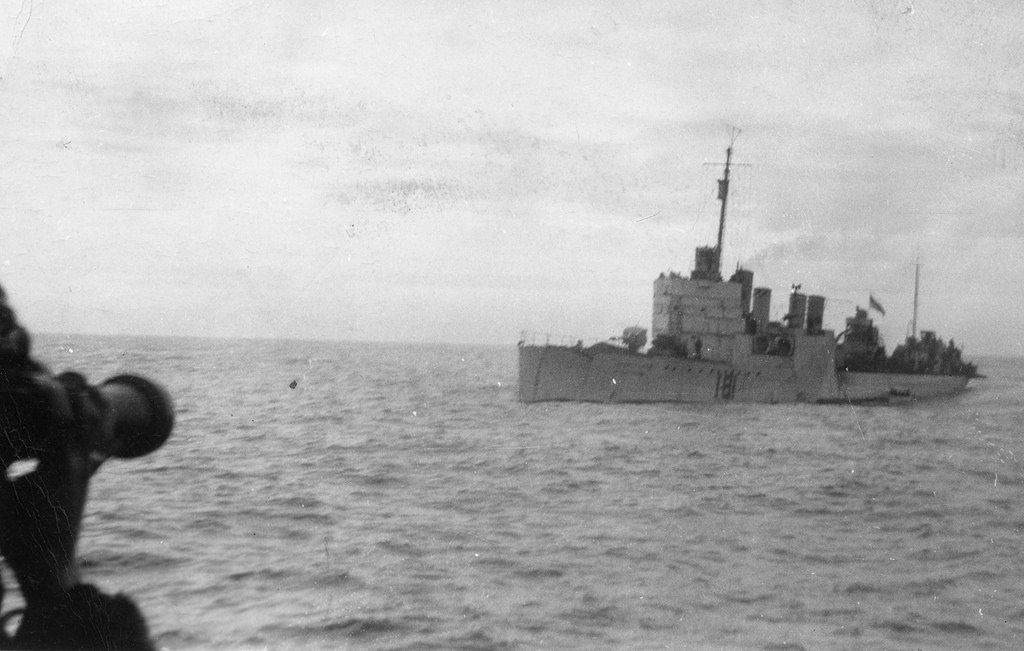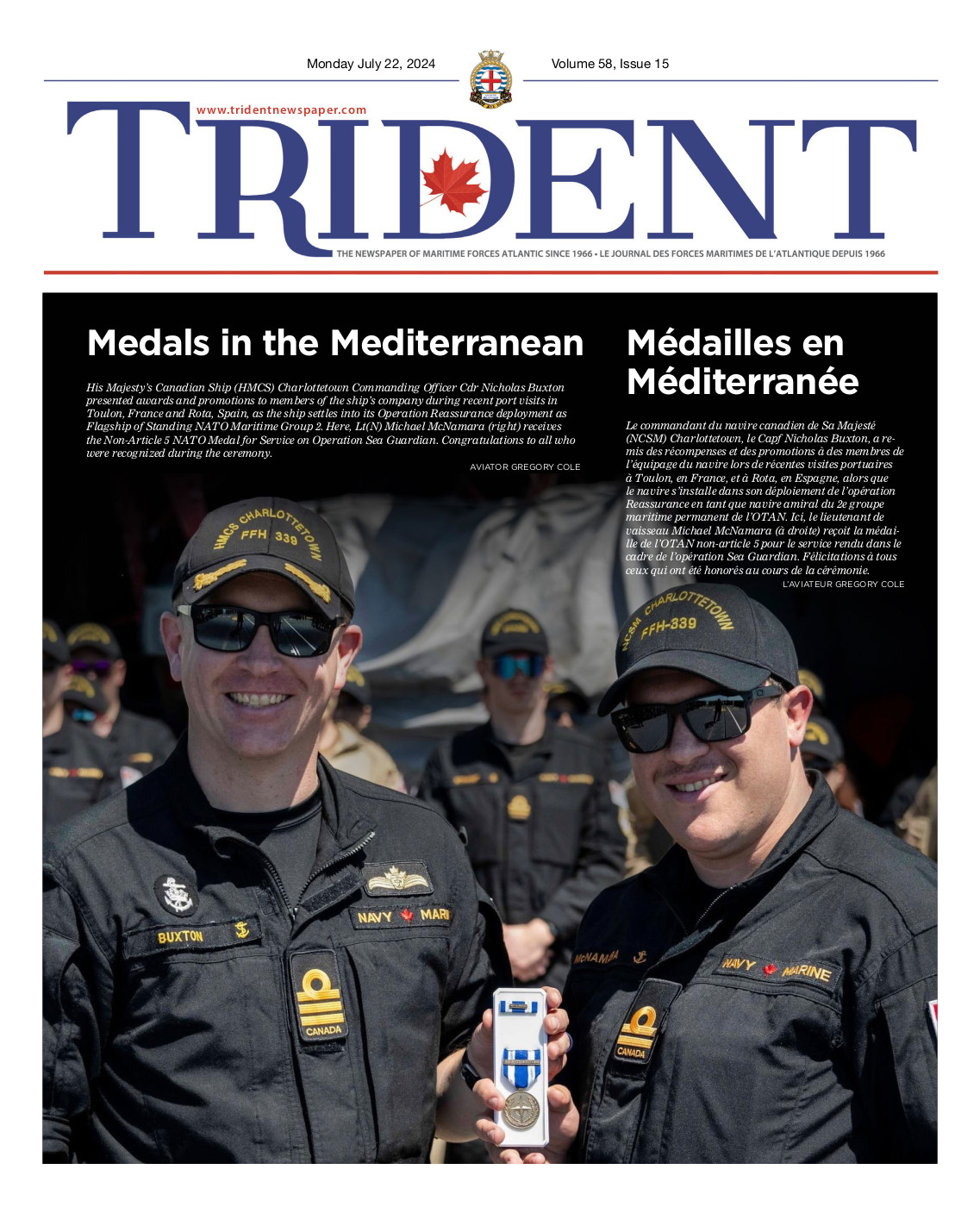
SUBMITTED
The sinking of HMCS St Croix
By CPO1 (Ret’d) Pat Devenish,
Canadian Naval Memorial Trust
Many stories of our Navy’s history are kept hidden until someone brings them to the forefront, and though this story has been told in several books, we still need to be reminded on occasion of the sacrifices of those who came before us. Such is the story of the Town class destroyer HMCS St Croix, which was in service with the Royal Canadian Navy (RCN) from September of 1940 until her loss in the cold and unforgiving North Atlantic in September of 1943.
HMCS St Croix started life as USS McCook; a Clemson class destroyer in service with the United States Navy (USN) following the First World War. In 1939 the United States had not entered into World War Two yet, and her President, Franklin Delano Roosevelt, had confided in British Prime Minister Winston Churchill his desire for the United States to assist the British Commonwealth in their struggles in Europe without breaking any rules involving the neutrality of the United States at that time. Among many other clever ruses to get equipment to aid in the fight, the United States and Britain signed a Lend-Lease agreement in late 1940. This agreement, among other things, saw 50 post-World War One destroyers reactivated in the USN and transferred to the Royal Navy (RN) in exchange for 50-year leases at various Commonwealth military bases and stations around the globe. USS McCook, along with six other (and later nine more) of these destroyers were immediately transferred to the RCN.
USS McCook was recommissioned into the RCN as HMCS St Croix on September 24, 1940. The RN had christened these vessels as the Town class but the norm for the RCN at the time was for destroyers to be named for Rivers. In an effort to satisfy both requirements, these vessels carried the names of towns/rivers bordering the United States and Canada; hence names like St Croix, Niagara, St Claire, Columbia, and St Francis to name a few.
St Croix began escort duties with the RCN in March of 1941, joining the Newfoundland Escort Force escorting convoys from St John’s, Newfoundland to Reykjavik, Iceland where the Royal Navy took over. The following year, escort vessels remained with their charges for the entire trip and the force was renamed the Mid-Ocean Escort Force, which extended its terminus to Londonderry, Northern Ireland. In July of 1942 while part of the escorting force with convoy ON 127, St Croix was credited with the sinking of German submarine U-90 while the convoy lost two merchant ships with a third damaged. In March of 1943, while enroute to Gibraltar, she shared in the sinking of U-87 with the Canadian corvette HMCS Shediac. By May of 1943 the Battle of the Atlantic had turned in favour of the Allies.
In September 1943 however, Germany began a new, more aggressive offensive with new tactics and advanced weapons and sensor equipment on their submarines. On September 16, St Croix was called to aid a large convoy actually composed of two combined convoys; ONS 18 and ON 202 heading east. Two days out of the Bay of Biscay and for three days following, this convoy was at the mercy of a U-boat pack of no less than 19 German submarines. In the end, three escorts, six merchant ships and three submarines and their crews would be lost.
Early in the day of September 20, St Croix was the first to be hit when she took three torpedoes to her stern from U-305. As another escort in the group, the RN corvette HMS Polyanthus was acting as a screen, the RN frigate HMS Itchen conducted rescue operations. Unfortunately the sight of two vessels stationary in the water was too tempting a target for the Captain of U-952 and the submarine was able to sneak in at relatively close range, sinking Polyanthus as well. Itchen, forced to call off rescue operations returned the next morning on the 21st picking up 81 of St Croix’s crew as well as one from Polyanthus. The following day, September 22, HMS Itchen herself was torpedoed by U-666 with only three men rescued; two of Itchen’s crew and one from St Croix’s.
Is the story of Convoy ON 202/ONS 18 typical of Atlantic crossings? No, it is not. Many convoys made crossings without ever even sighting the enemy. There are cases where escorts plying the North Atlantic over the 5 years of war that were never witness to the carnage that could have befallen them…and that is the key; could have. Young men sailed day after day, month after month, year after year where the threat of death was constant, always willing, always ready – Ready, Aye, Ready.





